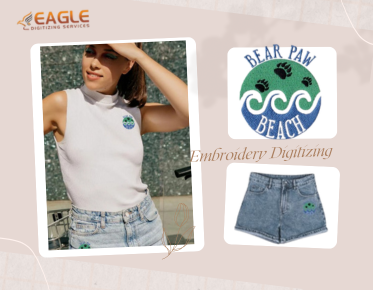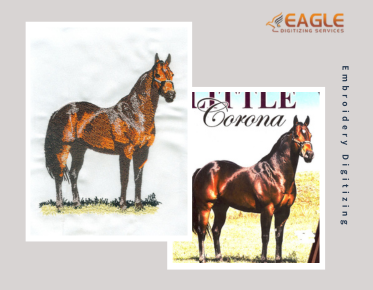How to Monogram Leather Using Embroidery
Monogramming leather with embroidery is a sophisticated way to personalize leather goods, adding a touch of elegance and individuality. Whether it's a leather jacket, a wallet, or a handbag, monogramming can transform a simple item into a cherished personal accessory. This guide will walk you through the process of monogramming leather using embroidery, highlighting the necessary tools, techniques, and tips to achieve the best results.
Understanding the Basics of Leather Embroidery
Embroidery on leather requires a different approach compared to fabric due to the material's unique properties. Leather is thicker and less forgiving than fabric, which means that the embroidery process must be carefully managed to avoid damaging the material. The first step in leather embroidery is to choose the right type of leather. Soft, supple leathers like lambskin or calfskin are generally easier to work with than stiffer varieties.
Choosing the Right Tools and Materials
To successfully monogram leather, you'll need a few essential tools and materials. These include an embroidery machine capable of handling thicker materials, high-quality embroidery thread, and a suitable stabilizer. The stabilizer is crucial as it supports the leather during the embroidery process, preventing puckering and ensuring a smooth finish. Additionally, using a leather needle is important as it is designed to penetrate the leather without causing damage.
Preparing Your Design
Before you begin embroidering, it's important to prepare your design. This involves digitizing your monogram using embroidery digitizing software. Digitizing is the process of converting your design into a format that your embroidery machine can read. Companies like Eagle Digitizing offer professional digitizing services, ensuring that your design is accurately translated into stitches. This step is crucial for achieving a high-quality finish.
Setting Up Your Embroidery Machine
Once your design is digitized, it's time to set up your embroidery machine. Load the digitized file into the machine and select the appropriate settings for leather. This typically involves adjusting the tension and selecting a slower stitching speed to accommodate the material's thickness. It's also advisable to test your setup on a scrap piece of leather to ensure everything is functioning correctly before proceeding with the actual item.
Embroidery Process
With your machine set up, you can begin the embroidery process. Carefully position the leather under the machine's needle, ensuring that the stabilizer is in place. Start the machine and monitor the process closely, making adjustments as necessary. The key to successful leather embroidery is patience and precision. Take your time to ensure that each stitch is placed correctly, as mistakes can be difficult to rectify on leather.
Finishing Touches
After the embroidery is complete, carefully remove the stabilizer and inspect your work. Trim any loose threads and use a leather conditioner to restore the material's suppleness. This final step not only enhances the appearance of the monogram but also helps protect the leather from wear and tear.
Why Choose Professional Services?
While it's possible to monogram leather at home, many people opt for professional services to ensure the best results. Professional embroidery digitizing services, like those offered by Eagle Digitizing, provide several advantages. They have the expertise to handle complex designs and the equipment to produce high-quality results. Additionally, they offer quick turnaround times and competitive pricing, making them an attractive option for both individuals and businesses looking to add a personal touch to their leather goods.
Exploring Further Possibilities
Monogramming leather is just one of the many ways to personalize your belongings. As technology advances, new techniques and materials are constantly being developed, offering even more possibilities for customization. Whether you're interested in exploring different embroidery styles or experimenting with new materials, the world of embroidery is full of opportunities for creativity and innovation.
For those interested in expanding their skills, consider exploring digitizing services in the USA or learning more about the latest trends in embroidery. The journey of mastering embroidery on leather is both challenging and rewarding, offering endless possibilities for personal expression and artistic exploration.



.png)